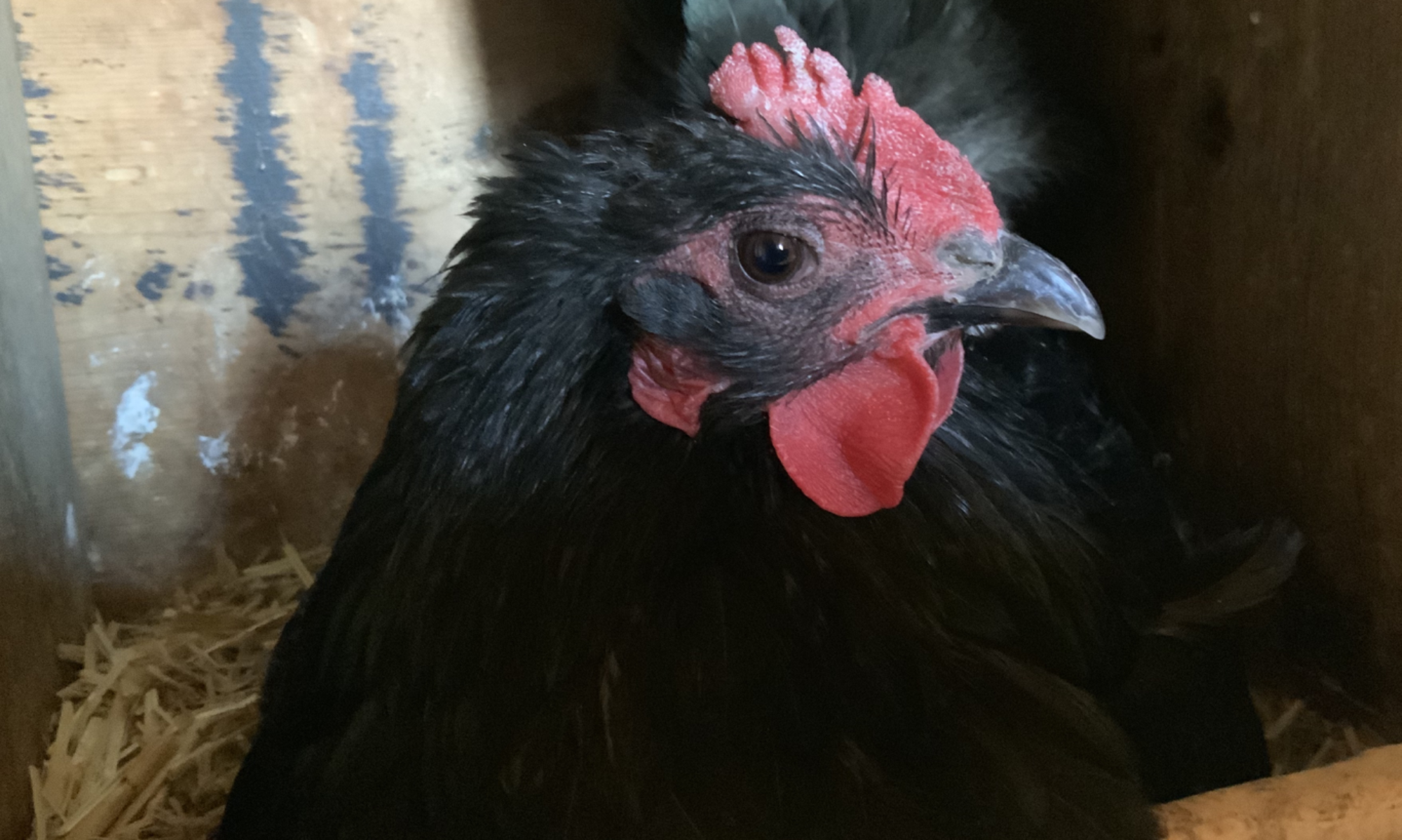I am always interested in learning new things and figure that knowledge is the key to…well a lot of things…success, understanding, accomplishing goals, being better equipped to care for my animals. The list can go on. As long as I have been raising chickens, I did not know the entire process of egg formation, so I set out to learn. And learn I did…some very interesting facts, which I’m going to share with you.

A female chicken is born, or should I say hatched, with a fully formed, functioning ovary that contains several thousand tiny ova. Two ovaries develop in the chicken embryo, but the right one stops developing and only the left ovary and oviduct mature. The chick grows and somewhere around 6 months of age she begins to reach sexual maturity. That’s when these tiny ova start to develop into yolks, a few at a time. Once a yolk is developed, it is released from the ovary into the oviduct. Occasionally two yolks will be released at the same time. This results in the double yolk eggs we see from time to time in our frying pans. This is also the stage where a blood spot on the yolk might occur, not due to fertilization, just an accident of nature as the yolk is released from the ovary. Once the yolk enters the oviduct, the egg can be fertilized if a rooster has mated with the hen. The hen can store sperm from the rooster for upwards of two to three weeks. After fertilization, a membrane is put around the yolk to basically hold it together. The yolk then passes into the a part of the oviduct called the magnum where the albumen or egg white is put on. Then on to the isthmus where a thin membrane is added, surrounding the entire egg. The final process is when the egg enters the uterus and the outer shell, shell color and the protective coating called bloom are deposited over the egg. This final process of shell making takes about 20 hours. When this is completed, the hen will lay her egg.

Some interesting facts about eggs and egg laying:
- The entire egg laying process from start to finish takes between 24-26 hours.
- 30 minutes after a hen lays an egg, she will again ovulate and start the process over again.
- A hen can store a rooster’s sperm for 2-3 weeks.
- A hen will take a break from egg laying when the days shorten. She may stop laying completely or just significantly reduce the number of eggs she lays. A hen requires 14-16 hours of daylight for high egg production. [Editor’s note: this means that you can artificially increase egg production with UV lamps or other light sources.]
- The oviduct, which the egg passes through during formation is 25-27 inches long. The egg initially passes through the oviduct small end first. Just before laying, the egg will turn and enter the world large end first.

- The color of the egg yolk is dependent upon the hen’s diet. If she eats a lot of foods with yellow-orange pigments, her eggs will be a darker yellow or almost orange color.
- An egg that has been fertilized and laid, can remain in a state of suspension, under proper conditions, for approximately 7 days and still remain viable to incubate and hatch. After day 7 the hatch-ability begins to decline. This gives a hen time to accumulate her clutch of eggs, then incubate them so they will all hatch at approximately the same time…within a day or two of one another..
- The average incubation time for a baby chick is 21 days. During this incubation time, a broody hen will only leave her nest once, maybe twice a day for short periods of time to eat and relieve herself. She will eat about 80% less while setting on her eggs.
- A hen will quit laying eggs when she begins incubating her clutch of eggs and will not resume laying again until the chicks are about 5 weeks old. This is also about the time she will begin distancing herself from her brood.
- A hen will lay an average of 265 eggs in a productive year. The first two years are the most productive, with laying tapering off as she gets older. A well cared for hen can provide farm fresh eggs for 5 – 7 years.

Sources:
https://www.incredibleegg.org/eggcyclopedia/c/color/
https://the-chicken-chick.com/hatch-along-with-chicken-chick-part-3/
https://extension.psu.edu/hen-reproduction

